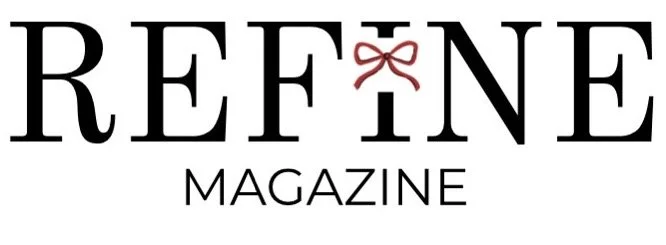Navigating a Plant-Based Diet: The Trials and Tribulations of Living Totally Plantbased
Cover image and photo by Dani Meenan
By Lily Sanders
Since my junior year of high school, I have wavered between vegan and vegetarian diets. My first inclination to become plant-based was not after watching your stereotypical fear-inducing meat industry documentary, but due to a wave of impulsiveness I felt one day after eating a burger.
There was no particular rhyme or reason to my transition. It was not because I’m an animal lover, although at six years old I infamously did take part in a “strike” against my brother who had so egregiously created a “worm zoo” in a mason jar.
My veganism was totally random. However, the more I read up on the inhumanity of large scale meat distribution, the greenhouse gas emissions caused by the meat industry, and the possible health benefits of the lifestyle, the quicker I was to jump on board.
Still, I quickly discovered being plant-based was not an easy feat. My list of allergies is comically lengthy (tree nuts, nightshades, pumpkins, squash, and dairy). These restrictions made veganism especially difficult when substitutes such as cashew cheese and almond milk are the default at many restaurants.
Aside from the allergy aspect, I also found difficulty meeting nutritional needs due to the time restraints of college, the limiting nature of my diet, and the self-enabling tendency to default to pita chips and hummus as a meal.
I developed anemia and decided an entirely plant-based diet was not in the cards for me. While some might argue that this was avoidable, there’s only so much time in a day, and precisely calculating my nutritional intake wasn’t something I wanted to prioritize.
Full-time veganism for me might have been a “failure,” but that was an important lesson and one I think a lot of people should more wholeheartedly accept. I felt pressure to stick to veganism, as though I was just not doing it right or just making excuses. I suppose I could have incorporated less processed foods and more vegetables to ensure I got the nutrients I needed, but that would have required a certain obsessiveness with my diet.
Whether it be due to finances, access, physical and mental health concerns, or just the self-professed need to dive headfirst into a charcuterie board every once in a while, rigid veganism is not the be-all and end-all.
I personally follow an 80/20 diet now, where my diet is mostly plant-based but I do not restrict myself if I get a hankering for fish tacos. I still make a point to drink non-dairy milk and have become entirely consumed by this newfound oat milk craze. Non-dairy butter tastes exactly like the real thing and typically has fewer calories.
Additionally, cooking meals without meat at home is often cheaper and diffuses excessive worries about preparation. According to the National Academy of Sciences, a quarter of the planet’s greenhouse gas emissions are created through feeding the earth’s population, and about 80% of those emissions are generated through the livestock industry.
If by-the-book veganism fits your lifestyle, that’s great. But if veganism is not feasible for you, that’s also fine. Along the way, I have become accustomed to little swaps, and a little goes a long way.

